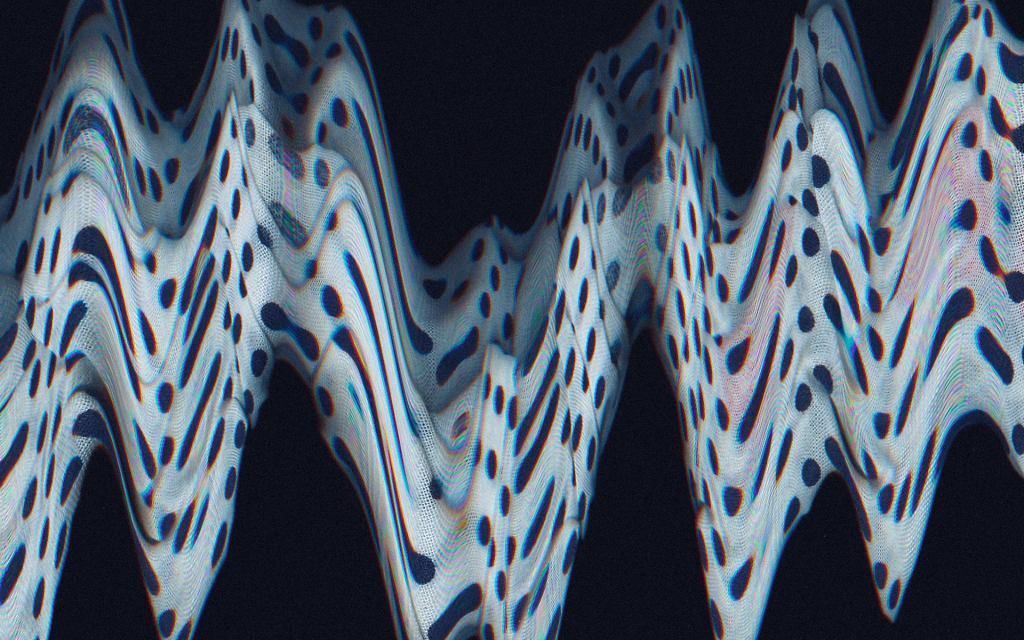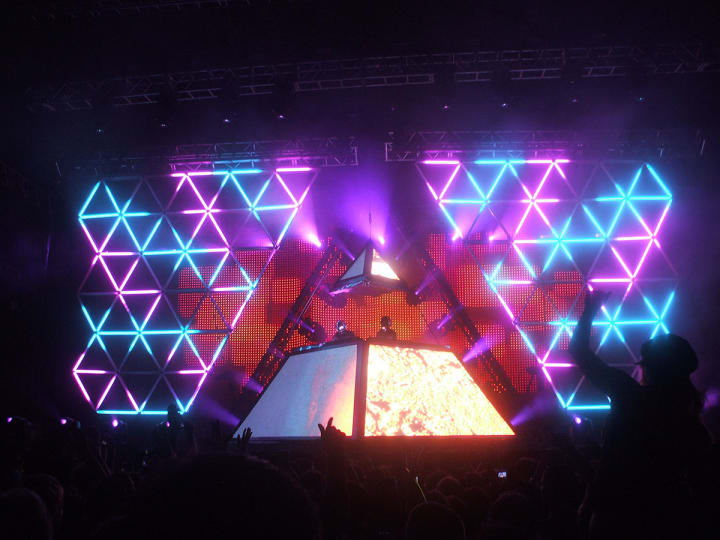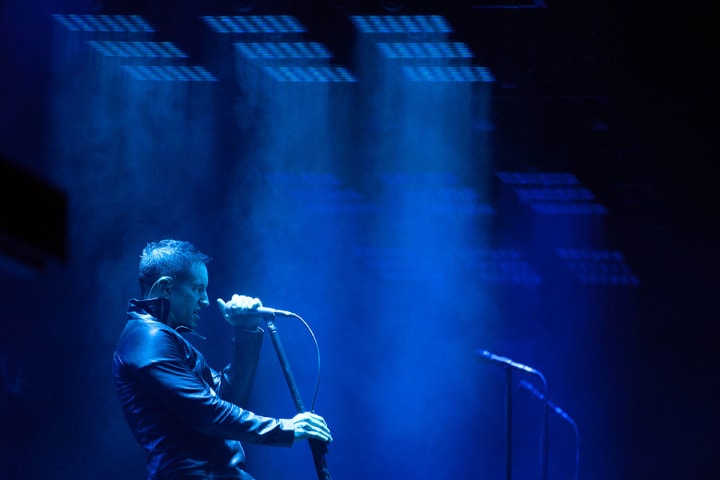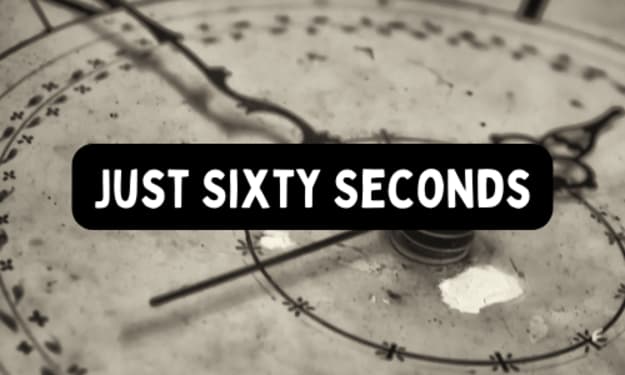Impact of Moore's Law on the Live Music Industry
Evolution of live concerts in the music industry has been influenced by derivative concepts such as Moore's Law.

Music may be art, but a live concert is more science. The variety and potential of visual technologies designed for live performances exploded in the late 1990's and early 2000's. Credit Moore’s Law—the projection that hardware capacity will double every two years—for these high-tech visuals. And don’t forget about the escalating velocity of software development, either, which now outpaces Moore’s law. Performers are better equipped than ever before to deliver mind-melting experiences to their audiences, and their futuristic visions are spilling over into the here and now.
On the Alive tour, back in 2007, Daft Punk’s pixelated pyramid and multiple projections bombarded concertgoers with the French duo’s cheeky robot aesthetic. In 2011, electronic music producer Amon Tobin debuted ISAM, a structure built of white cubes onto which he mapped evolving visual textures, all granularly synced with the equally shifty music. More recently, Squarepusher built his own live multimedia Ufabulum show from scratch to see just how far he could integrate light and sound with technology. And if we want go more mainstream, Beyonce’s 2013 Super Bowl halftime show was nothing if not a great use of projection and light technology.
Several weeks ago, I witnessed Trent Reznor’s latest visual feast at the Barclays Center in Brooklyn. The Tension show starts simply enough, but ramps into more and more complex light and video arrangements. Frames occasionally descend from the rafters, allowing NIN to perform in a three-dimensional environment. The effect is nearly holographic, especially from more distant vantage points. A panoply of lighting, projected colors, and patterns bend across the stage’s x, y, and z axes. Some projections are gorgeously psychedelic and organic, while others are digitally foreboding in the extreme. At times, the Tension show achieves a seizure-inducing critical mass of flickers; though a common rock and roll effect, strobes rise to awesome conceptual heights in NIN’s industrial rhythms.
Reznor is, along with his trusty artistic director, Rob Sheridan, the chief designer of the Tension show. A fleet of collaborators further help pull the show off. One such collaborator is the Montreal-based creators of multimedia environments, Moment Factory. Originally enlisted by NIN’s lighting designer, Leroy Bennett, Moment Factory has been working with Reznor for the last five years. In that time, they’ve also worked on shows for Madonna, the Grammys, and Reznor’s other outfit, How to Destroy Angels. But Tension’s visuals are a technological feat unto themselves.

“The visual aesthetic of the show evolves constantly, and it’s really dictated by the music and where the artist is at,” Sakchin Bessette, Co-Founder and Creative Director at Moment Factory, said of the company’s work with NIN. “What’s really unique about working with NIN is the process, which is really R&D intensive.”
Other artists are far less involved in Moment Factory’s production process, requesting only minor tweaks along the way. Reznor and Sheridan, however, are hands-on and exacting. Though Moment Factory creates a good deal of NIN’s visuals within its 20,000-square foot laboratory space, much of the magic occurs on site in live spaces. The key is in creating a feedback loop between Trent, Sheridan, Bennett, and the members of Moment Factory. From there, the complete vision takes its kaleidoscopic form.
“The visual aesthetic of the show evolves constantly, and it’s really dictated by the music and where the artist is at,” Sakchin Bessette, Co-Founder and Creative Director at Moment Factory, said of the company’s work with NIN. “What’s really unique about working with NIN is the process, which is really R&D intensive.”
Other artists are far less involved in Moment Factory’s production process, requesting only minor tweaks along the way. Reznor and Sheridan, however, are hands-on and exacting. Though Moment Factory creates a good deal of NIN’s visuals within its 20,000-square foot laboratory space, much of the magic occurs on site in live spaces. The key is in creating a feedback loop between Trent, Sheridan, Bennett, and the members of Moment Factory. From there, the complete vision takes its kaleidoscopic form.
Bessette said that Reznor is really into playing with people’s perception. This is evident in the ever-shifting stage itself, where each song is transmuted into multiple visual incarnations. Moment Factory begins this process by preparing a whole bunch of interactive sequences and libraries of effects and video content, all based on the songs. Once on site, Reznor’s crew tests Moment Factory’s visuals to see how they work within the parameters of the stage design.

via Wired
One of the more mind-bending aspects of the Tension show is how it maps light onto 3D structures. It recalls Jorge Luis Borges’s short story, On Exactitude in Science. Written in collaboration with his protégé, Adolfo Bioy Casares, Borges’ story imagines an empire onto which cartographers place a map of equal dimensions—accurate to every nook and cranny of the coastline. As the map disintegrates, it becomes indistinguishable from the territory itself. Moment Factory creates a similar effect with its maps of light; the visuals are an evolving stream of hyperreal illusions, where one cares little for where reality and virtual reality begin and end.
This isn’t the first time that Moment Factory has achieved this type of visual alchemy. At the request of the city of Barcelona, the company projected colorful, evolving, and near-psychedelic visuals onto the façade of the Sagrada Familia, considered Antonio Gaudí’s masterpiece. The Spanish architect originally envisioned the church as having a multi-colored facade. For fifteen minutes, Moment Factory realized Gaudí’s dream.
“We definitely map with light,” said Bessette. “With Sagrada Familia, we scanned the building in 3D, imported it into our software, cleaned it up, organized it, and then started creating the projection.”
As Bessette puts it, Moment Factory’s aesthetics, technology, and use of light are all placed at the service of emotion. “The journeys we create for our shows, whether it be for Trent or another artist, have different objectives and require different aesthetics, but they are all for conveying a certain emotion,” said Bessette, sounding almost evangelical about the company’s modus operandi. Although Moment Factory’s work, especially on the Tension tour, unleashes a heavy dose of future shock, Bessette said that the company isn’t particularly interested in futurism as such. “In the end,” he added, “our objective is not to bring people into the future, but to make them feel certain things.”
Tension is designed not to produce a definitive feeling. With constantly-evolving aesthetics, that sort of certainty would be anathema to the overall experience, which is of a stage constantly in flux. “Even if Trent plays the same song as he played five years ago, the visual aesthetic will be tweaked and changed,” Bessette remarked after some thought, suggesting an almost quantum mechanics-esque uncertainty to the entire enterprise. “We try to augment the emotion of that song and create a certain energy in that room that draws the audience into the music. It’s about creating a spell, and Trent and Rob really lay out the visual identity that draws the audience into that spell.”
Though Bessette believes that technology will continue to evolve and become cheaper, democratizing its accessibility for indie artists, Bessette said that this won’t necessarily guarantee quality of vision. Ultimately, these visual phantasmagoria require hands and brains to piece it together, set it up, and tour it. In other words, it’s not exactly a DIY project.
“There are a lot of things you can do with less,” Bessette said. “There are certain ways of playing with light and images that don’t necessarily require a lot of money.” Rather mysteriously, he didn’t elaborate on these methods and techniques, as though he were an illusionist trespassing too far into the secret world of stagecraft. Or perhaps he may just want to inspire others to discover their own unique paths to visual creation.
About the Creator
D.J. Pangburn
Multimedia journalist. Contributor to Motherboard, The Creators Project, and MTV, and Editor-at-Large of Death and Taxes magazine.






Comments
There are no comments for this story
Be the first to respond and start the conversation.